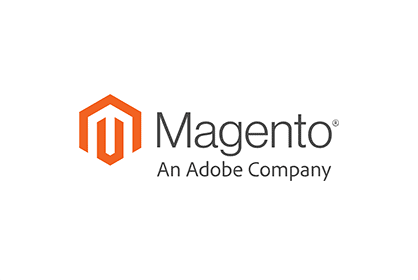Fact Check: 6 Misconceptions about Adobe Cloud Services
Adobe Inc. acquired Magento in 2018, making it a part of Adobe cloud services. In 2019, the company launched Adobe Commerce Cloud, which is a fully-managed cloud-based version of the Magento platform that works in sync with Adobe Experience Cloud tools including Adobe Analytics Cloud, Adobe Marketing Cloud, Adobe Advertising Cloud, and Adobe Experience Manager.
Albeit,
Adobe Creative Cloud is a comprehensive set of flexible tools for creativity,
there are some myths that impact its popularity; which need to be debunked.
This blog
talks about some of the popular misconceptions about Adobe Creative Cloud.
Let’s begin!
Adobe
Creative Cloud is a combination of applications and services that are used for
all creative projects. These software are used for photography, graphic design,
video editing, UX design, drawing and painting, social media, and more. Adobe
Inc. gives you the convenience to create your own plan with individual app
subscriptions or you can subscribe directly to the Creative Cloud All Apps
plan.
1.
Myth- All
Creative Cloud Applications Run in the Web Browser
Fact- Popular applications including Photoshop, Illustrator, and InDesign run locally from the user’s hard drive and not from the cloud.
2. Myth- Creative
Cloud doesn’t provide the option for central deployment and has no option for
controlling access to applications and services.
Fact- With the new Adobe Enterprise Dashboard, IT can control which users and groups have access to which applications and services within your organisation.
3. Myth- Deployment of product
updates cannot be controlled by enterprises.
Fact- IT team in an organisation has complete control over when and which apps, updates, and features are deployed.
4. Myth- Having an
Adobe ID is a must for all Creative Cloud users.
Fact- Creative Cloud for enterprise can be deployed using various options such as Adobe IDs to serial numbers, depending on what suits your organisation best.
5. Myth: It is
difficult to share files with clients or colleagues if they are not Creative
Cloud members.
Fact: There is a secure Creative Cloud server where you can upload the files placed in your Creative Cloud folder on your hard drive. You can share these with anybody with an email address.
6. Myth: Users
need to be connected to the internet to run the Creative Cloud Apps.
Fact: Creative Cloud for enterprise applications not only install on the hard drive but also run offline.
Conclusion,
Should
you wish to enjoy the full potential of the Adobe Commerce (Magento) eCommerce
platform, get in touch with 18th DigiTech’s specialised consultation
services. Our experts are proficient in creating successful eCommerce solutions
that support your growth. We offer different services including:
·
eCommerce Strategy
·
eCommerce Consultation
·
Customer Experience Consulting
·
UI and UX Consultation
·
Enterprise eCommerce Consulting




Comments
Post a Comment